When Colorado became the first state to legalize marijuana for recreational use in 2014, expectations were as high as its users. For decades activists, investors and lobbyists assured Americans that the legalization of marijuana would displace the black market, generate an influx of tax revenue to finance schools and hospitals, halt senseless arrests and improve racial equity, all without attracting the attention of kids.
In the run-up to legalization in Colorado, officials projected a $70 million jump in tax revenue from the hundreds of marijuana and THC products in newly minted dispensaries and licensed shops and budgeted accordingly. They learned quickly that the expectations didn’t live up to the reality, bringing in around $44 million in its first full year in operation. And while revenue did grow from 2015-2021, sales are down more than 20 percent over the past two years as the state deals with oversupply and the expansion of the black market with legalization’s expansion producing an influx of cartel activity. More than a decade after Colorado became the first state to legalize marijuana in 2012, it is apparent that legalization has mostly failed based on the very criteria put forth by its champions.
Colorado’s problems are beginning to bleed into neighboring states, despite the Marijuana Policy Project’s pledge that legalization “will replace the uncontrolled illicit market with a tightly regulated system.” In Oklahoma, where nearly two-thirds of residents voted against recreational legalization in March 2023, residents have seen how the legalization of medical marijuana on its own borders and its neighbor’s recreational regimes ushered in an illicit market for the drug. A December 2022 report from the Wall Street Journal uncovered that Oklahoma has become a top source of illicit marijuana grows associated with human trafficking, murder and shootouts.
Federal law enforcement has observed the same trend across the landscape in the wake of legalization of marijuana in twenty-three states, as well as Washington, DC. The Drug Enforcement Administration explained in its latest National Drug Threat Assessment, “Many polycrime and polydrug organizations are involved in domestic marijuana production, often establishing large-scale illicit grow operations in states that have legalized marijuana.” Indeed, “marijuana generates millions of dollars that furthers the scope of their criminal activity throughout the United States.” The funds from illicit marijuana fund human trafficking, arms trafficking and countless other underground operations. Notably, transnational criminal organizations from Mexico and China have come to operate these illicit “grows.” Legalization has given the cartels cover to operate, where they are able to undercut the prices of state-sanctioned industry and export product to states where it remains illegal.
In California, the nation’s largest market for marijuana, two thirds of total marijuana sales still occur in the illicit market. New York governor Kathy Hochul estimated 2,500 unlicensed marijuana shops popped up in New York City alone following legalization. And a 2022 report from Leafly, a pro-marijuana publication, estimated that 80 percent of sales in New Jersey, 60 percent of sales in Michigan and 55 percent of sales in Illinois remain in the illicit market.
The threat to public safety extends to the street level. Dispensaries have become top targets for break-ins. The city of Denver reports this year that “marijuana businesses make up less than 1 percent of all businesses in Denver but account for approximately 6 percent of all reported business burglaries.” In December 2022, thieves in Los Angeles stole “hundreds of pounds of marijuana” from a dispensary. And in March 2023, criminals in Santa Cruz stole “half a million dollars’ worth” of marijuana. New York City is already dealing with a citywide 50 percent increase in burglaries since 2019, which is why everything from shampoo to toothpaste sits under plexiglass. Perhaps the mass introduction of dispensaries will give a brief reprieve to Duane Reade and the ghost town that was once known as Fifth Avenue, but police officers will be plenty busy tracking down thieves who peddle the stolen product across the five boroughs.
The breathless assurances that legalization represented a deathblow to cartels and criminals turned out to be a mere pipedream.
The only entities that were supposed to get rich off legal weed were governments. “Marijuana regulation is associated with increased tax revenue,” NORML (National Organization for the Reform of Marijuana Laws) assures voters and politicians. It turns out, as in Colorado, the tax revenue has been less than expected. The revenue from marijuana sales is negligible in terms of the total budget of a state. In California, marijuana accounted for only 0.63 percent of the state’s budget, or around $1.11 billion; in Oregon, it is 0.30 percent, around $170 million. In both states, marijuana has consistently failed to meet projected tax revenues put forth by agencies and lawmakers, leaving the childcare and drug treatment that were supposed to be funded by legal weed hundreds of millions of dollars short.
Inflated tax estimates help win over support from skeptical voters who are being asked to vote on legalization at the ballot box. However, as we’ve seen, legalization has failed to eliminate the black market. Many users continue to prefer the cheaper product on the corner; policymakers have attempted to roll back tax rates to keep up with cartel prices, erasing one of the most common selling points for legalization. States cannot maximize tax revenue and displace the illicit market for marijuana at the same time.
Insiders know this from experience. Former Colorado weed czar Andrew Freedman once insisted to a Boston radio host that, “you do not legalize [pot] for taxation. It is a myth. You are not going to pave streets. You are not going to be able to pay teachers,” but that was before he went to work for the Coalition for Cannabis Policy, Education and Research (CPEAR), the tobacco industry’s advocacy group. CPEAR routinely argues that “the taxation of cannabis provides a new and robust funding stream for local and state governments.” Facts cannot be allowed to interfere with the lobby’s most effective selling point.
Tax coffers may rattle, but at least marijuana will improve racial equity given that black people are more likely to be arrested for the possession of marijuana than white people, right? The American Civil Liberties Union, which once declared that “Marijuana Legalization is a Racial Justice Issue,” found that arrest ratios have only worsened as white users are more likely to pay the premium for licensed product. Its 2020 report found that blacks were 3.64 times more likely to be arrested for marijuana offenses in 2018, the most recent year in the report — up from 3.57 in 2012.
Nor has legalization been a boon to black neighborhoods and entrepreneurs, despite assertions from CPEAR that legalization could “provide restorative opportunities for communities in which they reside.” This has failed to take place thus far. In 2022, Fortune reported black people account for less than 2 percent of the owners of marijuana businesses nationwide. The trend persists all the way down to the local level. In Denver, where 9 percent of residents are black, only 4.4 percent of marijuana license owners are black; white people account for 69 percent of residents but are more than 90 percent of license holders.
To ensure racial equity, some states attempted to carve out special “equity” licenses, yet these programs have been fraught by legal challenges. New York rolled out a program to prioritize the distribution of licenses to individuals who were previously convicted of marijuana-related crimes only to find itself at the center of a discrimination lawsuit. The program is now on hold pending litigation, even as the nation’s largest city and state lawmakers struggle to distribute licenses and crack down on the thousands of illegal shops that have popped up in storefronts across the city. Democratic governor Kathy Hochul is turning to existing medical marijuana giants to fill the void left by the failed small business launch. Covering this development, the City asked, “Will a rush of corporate money, branding and potential dominance of the wholesale market crush the prospects of the small farmers and justice-involved individuals the state has trumpeted as its priority?”
The answer is obvious to anyone who has paid attention to other state legalization regimes. Grassroots activists launched the legalization movement a few decades ago, but the effort has been co-opted by a multinational industry hoping to convert the United States into its next market. “Big Marijuana” will invest millions into New York’s marijuana industry before small retailers are able to open their doors. Just as with alcohol and tobacco, the largest companies will dominate the market and develop a vertically integrated supply chain. Aspiring small business owners will likely struggle to compete and will eventually be forced out of the market. The cartel presence, of course, will remain.
Recreational marijuana is now legal in nearly half the country thanks to an army of lobbyists — 115 in DC alone in 2022 — armed with focus-group-approved talking points. The marijuana industry makes lofty promises about how legalization of such a harmless plant will generate millions in tax revenue, displace the black market, advance racial equity and improve public health and safety. States that have taken the bait know that it has failed on all counts. A decade after Colorado launched the legalization experiment, it is about time lawmakers might start to recognize this campaign from its fruits, rather than its seeds and stems.
This article was originally published in The Spectator’s November 2023 World edition.



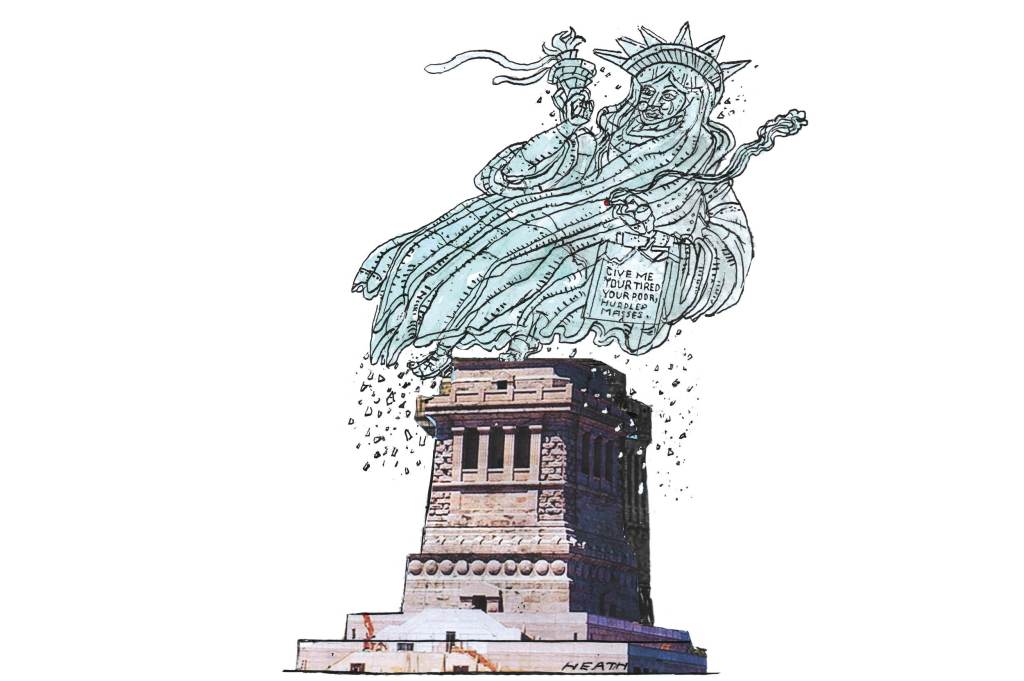







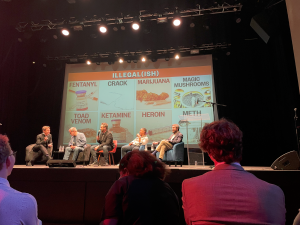

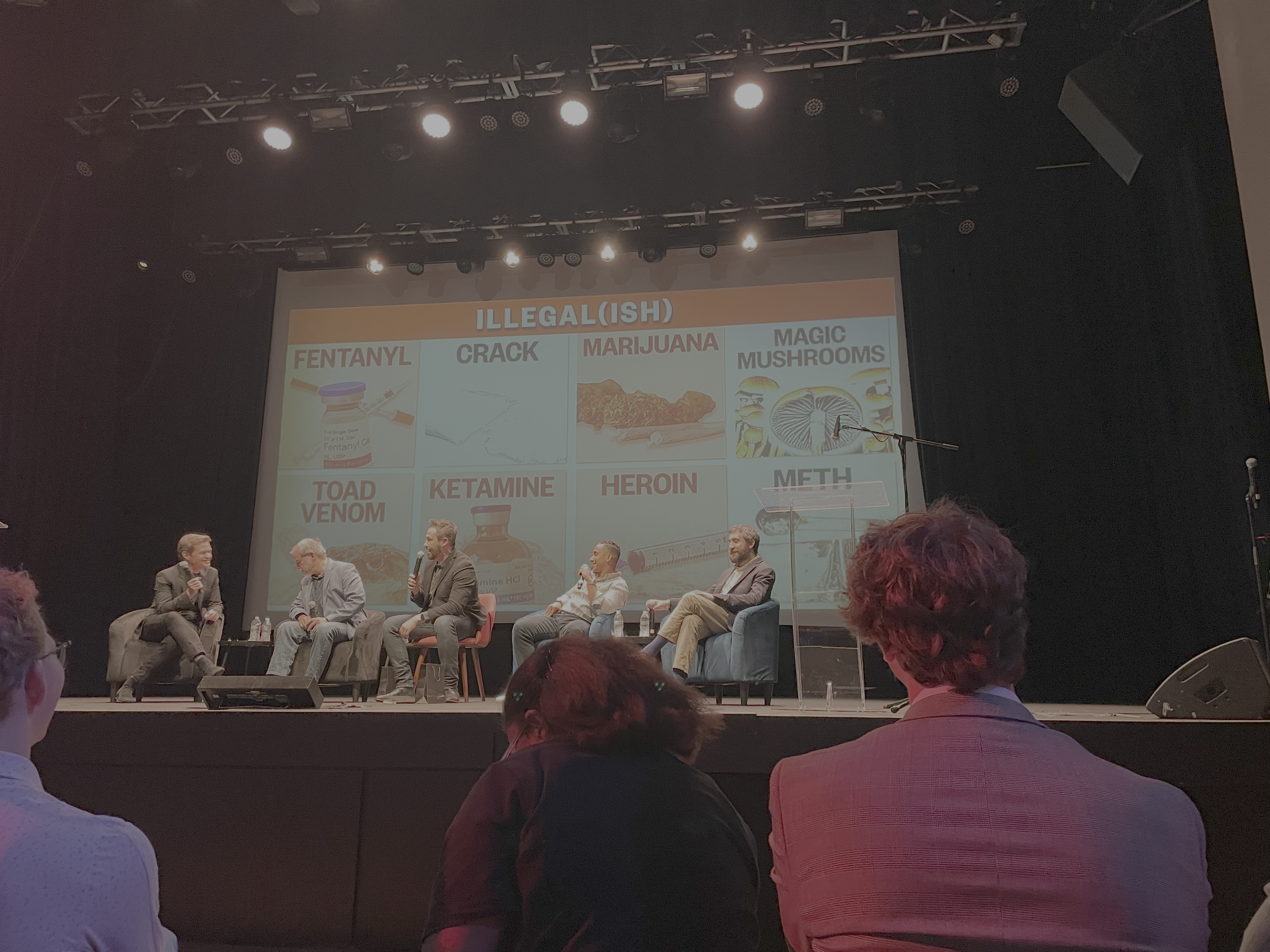


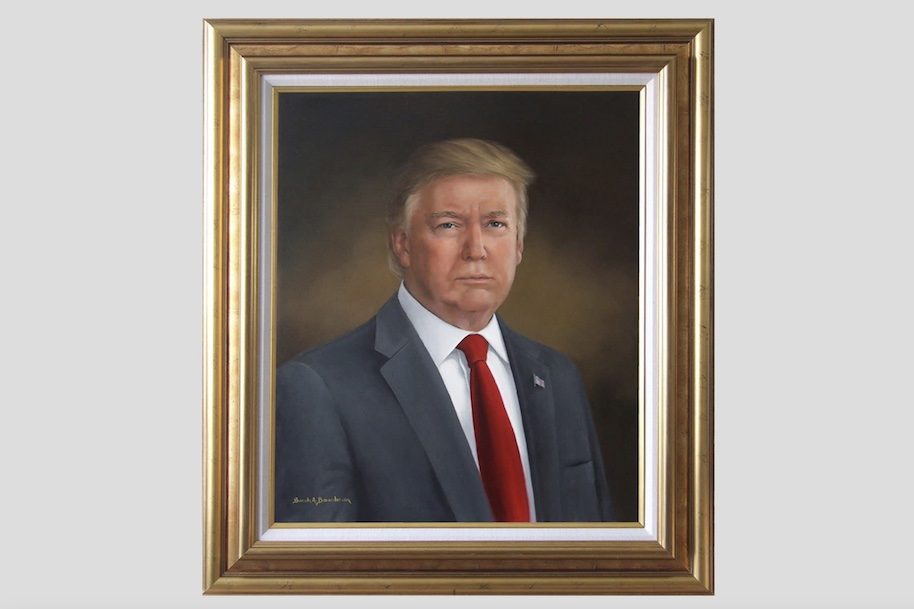

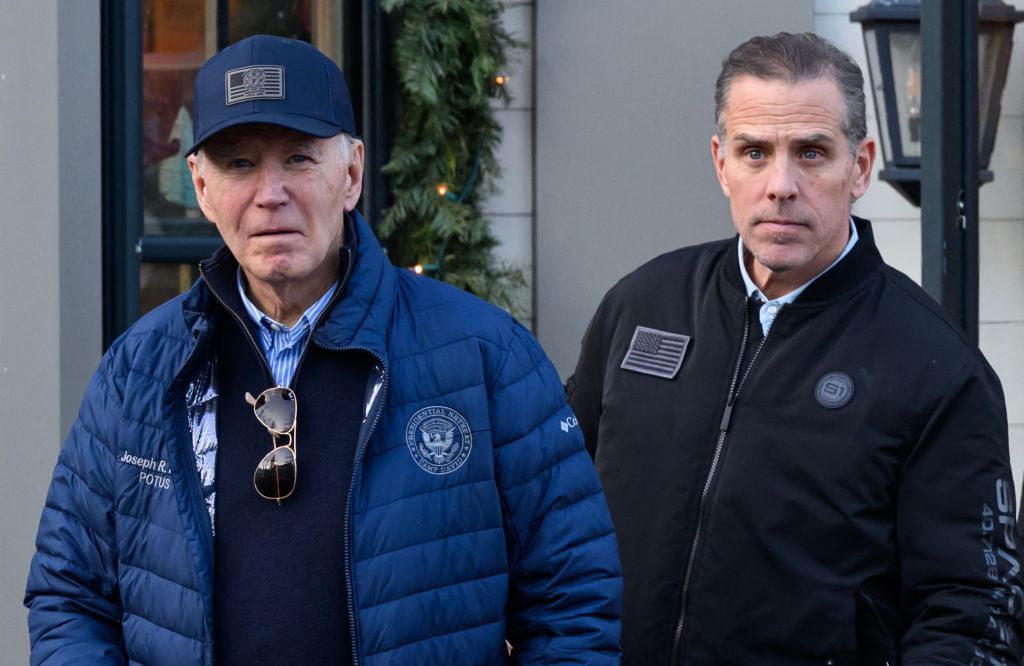







Leave a Reply